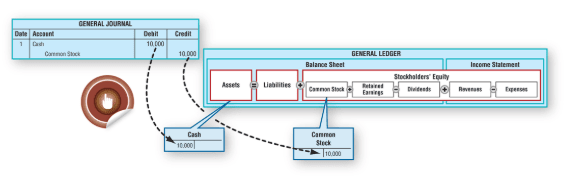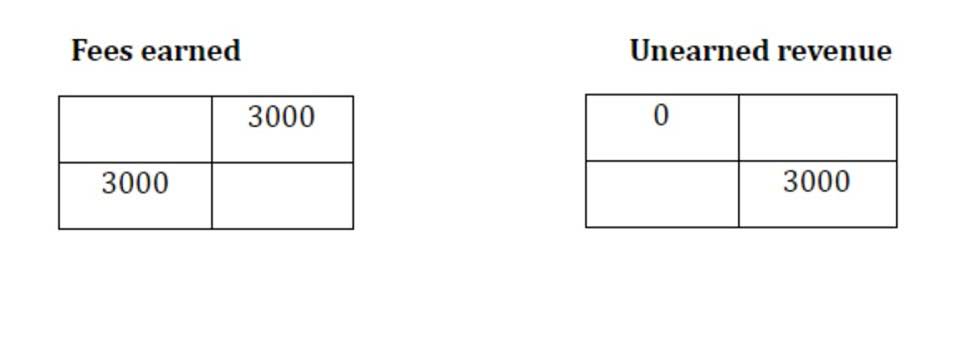
Different sectors may respond uniquely to debt financing, making it important to consider context when evaluating its impact on profitability. The implications of financial leverage on cash flow management and investment strategies will also be addressed. However, while financial leverage can boost profitability, it also introduces higher risk. If a company’s revenues decline, the burden of fixed debt payments can lead to significant losses. Thus, understanding the balance between leveraging debt and maintaining financial stability is crucial for long-term success. In essence, corporate management utilizes financial leverage primarily to increase the company’s earnings per share and to increase its return-on-equity.
- By analyzing ROE, investors can assess the company’s performance and compare it with industry peers.
- Our alternative financing experts can help you find the best funding options for financial leverage.
- Remember, just as a magnifying glass can focus sunlight to ignite a fire, financial leverage can amplify returns or burn a company if mishandled.
- This strategy allows firms to invest in growth opportunities that may yield higher returns than the cost of debt incurred.
- Unfortunately, the excessive use of financial leverage by many companies in these sectors has played a paramount role in forcing a lot of them to file for Chapter 11 bankruptcy.
- It has more assets than debt if it’s lower than 1.0 and it has more debt than assets if it’s higher than 1.0.
Financial Leverage: Financial Leverage: The Use of Debt to Increase the Return on Equity

It’s important to compare the advantages and disadvantages and determine whether financial leverage truly makes sense for your financial circumstances and goals. You can also compare a company’s debt to how much income it generates in a given period using its Earnings Before Income Tax, Depreciation, and Amortization (EBITDA). The debt-to-EBITDA ratio indicates how much income is available to pay down debt before these operating expenses are deducted from income.
Understanding Debt and Equity

One of the primary risks is the potential for increased financial distress, especially during economic downturns or periods of declining revenues. When a company relies heavily on debt, its fixed interest obligations can strain cash flow, making it difficult to meet financial commitments. For most companies, financial capital is raised by issuing debt securities and by selling common stock. The amount of debt and equity that makes up a company’s capital structure has many risk and return implications. Therefore, corporate management must use a thorough and prudent process for establishing a company’s target capital structure.
- These firms often experience improved financial performance, as the returns generated from investments funded by debt can exceed the interest payments.
- Furthermore, market volatility can render leveraged investments unprofitable, underscoring the need for careful planning and risk management.
- This technique can amplify gains but also magnify losses, making it a powerful but double-edged sword.
- Margin is a special type of leverage that involves using existing cash or securities as collateral to increase one’s buying power in financial markets.
- Thus, comprehending the balance between leveraging debt and maintaining financial health is essential for sustainable business operations.
Unlocking Profit Potential: The Impact of Financial Leverage on Company Performance
The potential for increased volatility and the magnification of losses are significant deterrents. For instance, consider a real estate investor who leverages heavily to acquire multiple properties. While the potential for rental income and capital appreciation is enticing, a what are retained earnings downturn in the real estate market could leave the investor overextended and vulnerable to foreclosure.
- ROE is an important indicator for investors and analysts as it provides insights into the company’s ability to generate profits from the capital invested by shareholders.
- The key to success lies in the careful analysis of risk versus reward and the timing of leveraging decisions.
- Financial leverage is a powerful tool in the world of finance, often likened to a double-edged sword due to its ability to both amplify gains and exacerbate losses.
- Debt isn’t directly considered in the equity multiplier but it’s inherently included because total assets and total equity each have a direct relationship with total debt.
- Financial leverage refers to the use of debt to acquire additional assets, which can amplify a company’s potential returns.
- These tools allow investors to gain greater exposure to the market with a smaller initial capital outlay.
- Investors and companies must weigh the potential benefits against the risks to determine the appropriate level of leverage for their specific situation.
The key to success lies in the careful analysis of risk versus reward and the timing of leveraging decisions. A financial analyst would caution that leverage increases the company’s or individual’s exposure to market volatility and interest rate fluctuations. If the value of the leveraged asset declines, the loss is greater as a percentage of the investor’s equity than it would be in an unleveraged position. By understanding and applying best practices, small business owners can optimize their capital structure and achieve long-term success. Leveraging the right strategies and funding options can help businesses maximize their potential while minimizing financial risks.

What are the risks associated with financial leverage?
The two most common financial leverage ratios are debt-to-equity (total debt/total equity) and debt-to-assets (total debt/total assets). Leverage can amplify returns by allowing a company to invest more capital than it has available through equity alone. If the bookkeeping and payroll services return on investment exceeds the cost of debt, the additional profits can significantly enhance overall profitability.
Leverage can amplify returns on equity when a company effectively utilizes borrowed funds to generate higher profits than the cost of debt. This dynamic creates opportunities for growth, enabling firms to invest in expansion and innovation. Investors and stakeholders closely monitor a company’s leverage ratio as it provides insights into risk management and financial health. A well-managed leverage strategy can serve as a powerful tool for growth, but excessive reliance on debt can lead to financial distress.

There’s no hard rule about what make’s a “good” financial leverage level for a company’s capital structure, and different industries have different sources of capital. The easiest way to tell if a company is over-leveraged is to compare it with other companies in the same industry and see if they use a similar mix of debt and equity financing. Perhaps the best way to illustrate the positive impact of financial leverage on a company’s financial performance is by providing a simple example.
Financial leverage refers to the use of debt to acquire additional assets, which can significantly impact a company’s profitability. This section will explore how leveraging can amplify both gains and losses, affecting overall financial performance. successful use of financial leverage requires a firm to Understanding the balance between debt and equity is crucial for assessing a company’s risk profile and profitability potential. When a company employs financial leverage, it aims to enhance its profitability by generating more income from its investments than the interest expense incurred on the borrowed funds. High financial leverage can lead to increased profits during favorable economic conditions. Financial leverage refers to the use of borrowed funds to amplify the potential returns on investment.
